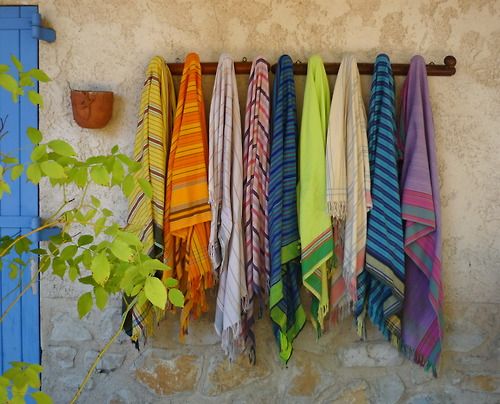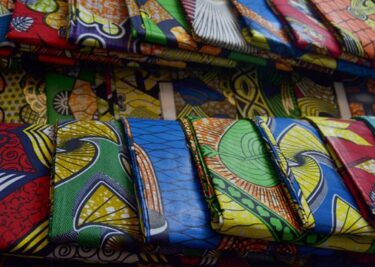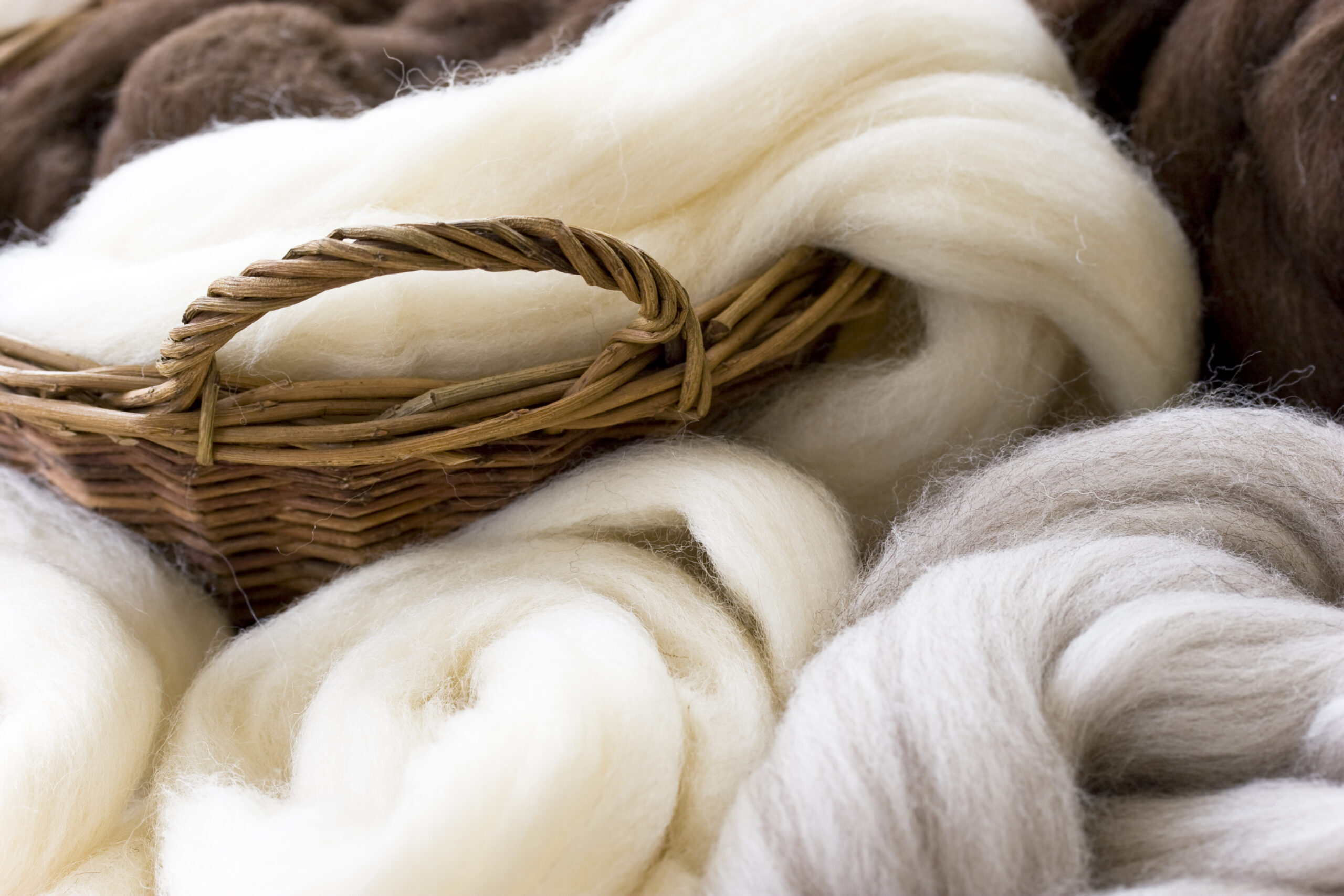A Fabric of Heritage: Journeying Through the History of the Kikoi

Colourful, versatile, and steeped in cultural heritage, the kikoi is a Kenyan textile with a layered history that dates back centuries. This celebrated garment has not only served as a functional piece of clothing but has also become a symbol of tradition, craftsmanship, and identity.
Trade and Cultural Exchange
The kikoi is a rectangular piece of cloth made from lightweight, woven cotton. Like many textiles, the kikoi came to Kenya through maritime trade stemming from cultural exchange with the Arab world – and particularly traders from Oman. The kikoi is said to have been used as a type of sarong by Arab merchants. With its lightweight and breathable fabric, it naturally became the preferred choice for traders and sailors navigating the hot and humid climate of the coast.
The cotton cloth with fringed ends found its way to the Swahili community who were directly interacting with traders at the coast. The term “kikoi” is actually derived from the Swahili word “kikoyi,” which refers to a loincloth-like garment. Traditionally, the cloth was hand-loomed then dyed. The vibrant colours and intricate patterns that adorned the kikoi reflected the artistic and creative prowess of the coastal communities. Different patterns often carried specific meanings, telling stories of lineage, social status, and local traditions.
Initially worn by men in the Swahili community, the kikoi acted as a versatile clothing item. It would be tied around the waist or hips with knots or simply rolled over multiple times. Its simplicity and functionality made it a mainstay in coastal communities who could use it in the diverse activities of everyday life.
A Global Textile
The late 19th and early 20th centuries brought significant changes to the East African coast with the arrival of European colonial powers. This period marked a shift in the kikoi’s trajectory as it became influenced by Western textiles and fashion. New production techniques and materials were introduced, altering the traditional production methods. As the world became more interconnected, the kikoi found its way to global markets, gaining recognition as a distinctive African textile.
With this came the evolution of kikoi’s spelling which began to also be spelled as kikoy – a way of appealing to wider consumers. The colours and patterns of the cloth became even more vibrant and varied as producers catered to a wider range of global tastes. The kikoi also moved beyond being used as a sarong and was made into other items such as pants, skirts and even towels.
Contemporary Resurgence
Despite these contemporary developments, there has equally been a return to traditional textiles and craftsmanship. This resurgence has not only rekindled an appreciation for the kikoi’s historical significance but has also driven efforts to preserve its authenticity. Artisans and designers have worked to uphold the traditional weaving techniques, patterns, and meanings while infusing contemporary elements to cater to modern tastes.
It takes an hour to make a complete kikoi but preparing the threads to be positioned on a loom beforehand requires a whole day. Though this process has since been computerised, some still dedicate themselves to learning the traditional way of painstakingly putting together threads for a vibrant kikoi. At the Beacon of Hope Centre, training continues to take place on this traditional method that has been ingeniously modified to be more efficient.
Remaining one of the most versatile Kenyan textiles, the kikoi can be used as a baby sling or carrier, a headwrap, or colourful pieces of clothing such as pants. The history of the kikoi is a journey that encompasses trade routes, cultural exchange, colonial influences, and a resilient commitment to tradition. As the kikoi evolves with the passage of time, its story remains woven into the fabric of East African heritage, reminding us of the enduring power of tradition in an ever-changing world.
Have you ever come across the traditional method of kikoi-making? Where do you get your kikois from? Let us know in the comments!



